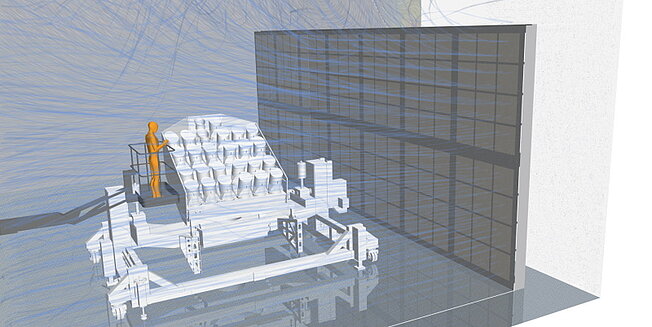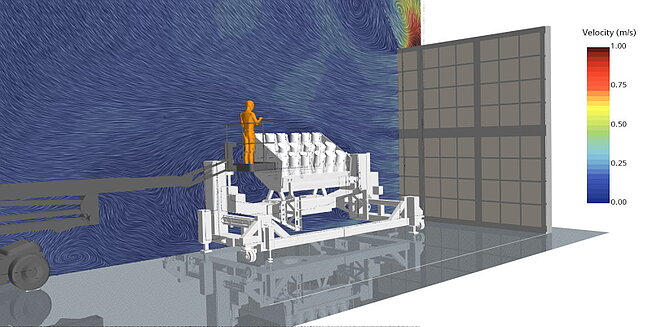Realization of an ISO 5 cleanroom in only 5 days!
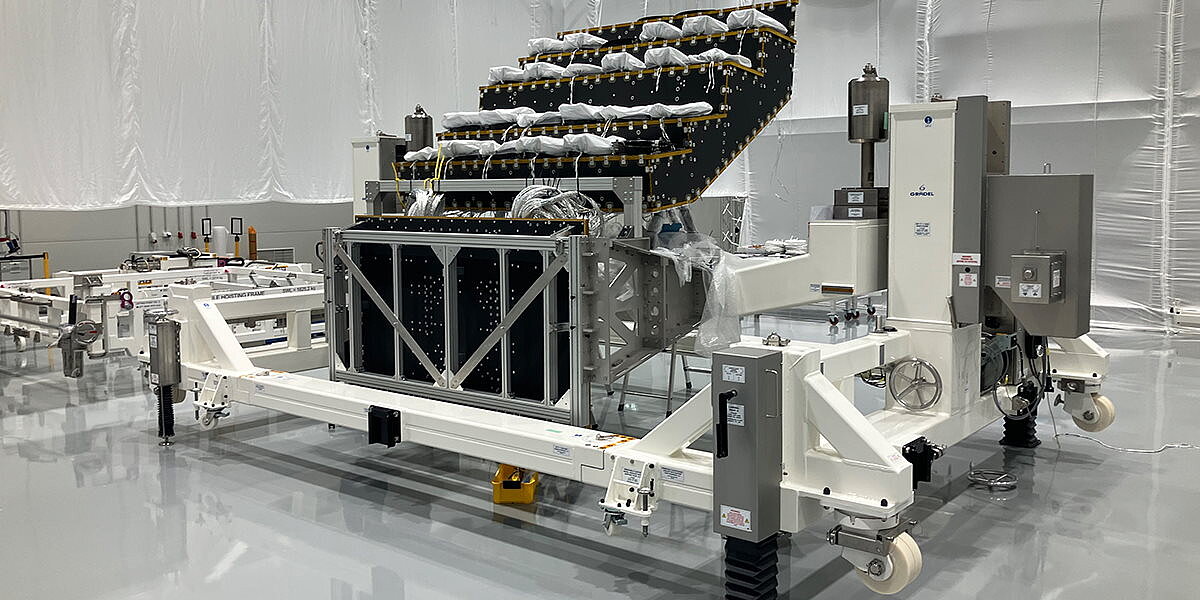
“What is not possible for one person, can be achieved by many.”

This quote from Friedrich Wilhelm Raiffeisen succinctly describes what a consortium of several companies has achieved and what is unparalleled worldwide.
But first things first:
OHB System AG is one of Europe's leading space technology companies. The systems provider is part of the listed high-tech group OHB SE, in which more than 3,000 highly qualified employees work primarily on central European space programs. The Oberpfaffenhofen site covers the fields of optics, science and robotics.
OHB is currently realizing the ESA PLATO mission there. A new concept of a 4 x 4 x 3 m³ space telescope which will use a total of 26 individual cameras to search for and characterize Earth-like planets in our Milky Way from 2026.
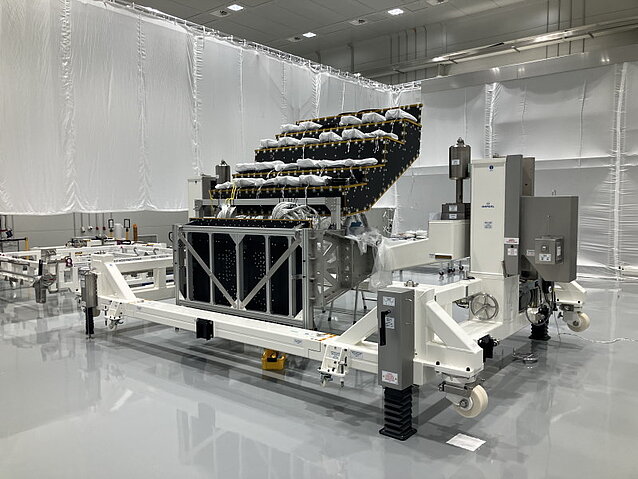
A consortium consisting of the companies OHB, QleanAir, Hanselmann, Dastex, Merkle CAE Solutions, Panterra and Dorfner took up the challenge of realizing the required 16 x 10 x 6 m³ ISO5 clean room within a 5-day window between the completion of construction and the start of satellite integration.
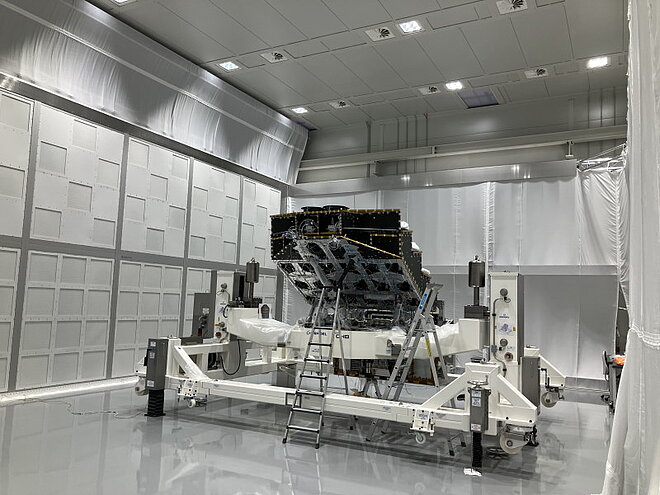
The project was accompanied by Panterra with cameras. You can see the resulting, almost 3-minute image film as follows:
Each of the companies involved made a unique contribution to the success of the overall project. Without this cooperation, the result would not have been possible in this time!
You will certainly have guessed it: Our part was the numerical simulation from the statics of the stage to the prediction and optimization of the flow field.
In the following, we will concentrate on the CFD simulation of the flow.
The question posed to the experts at Merkle CAE was, on the one hand, the basic flow in the clean room and the optimization of the filter arrangement in order to avoid unnecessary costs.
The satellite model was used to check whether backflow effects could occur, which could carry particles from the surrounding air. This could be avoided as part of the optimization tests.
The calculated flow results correspond very well with measurements taken on the finished cleanroom. After all, it was not the first cleanroom that we were able to realize numerically in cooperation with OHB.
In particular, Merkle CAE was once again able to prove that we are not only able to analyze real scenarios, even under considerable time pressure, on models of any complexity, but also to contribute promptly to the decision-making process as to which configurations are suitable from a cost point of view.
I believe that it is not only advantageous in the aerospace industry to realize cleanrooms at this speed. The cleanroom concept developed by the consortium can be adapted quickly and comparatively inexpensively to a wide range of conditions.
Challenge us. We look forward to your inquiries!
Yours, Stefan Merkle

PS: We would also like to thank all our project partners. It's fun to achieve top performance together in a functioning and motivated team.
I'm definitely looking forward to seeing what Plato will find out about habitable planets. After all, the universe is pretty big....!
Below are the individual YouTube channels of our project partners:
DasTex: https://www.youtube.com/@DastexReinraumzubehorGmbHCoKG
Dorfner: https://www.youtube.com/@dorfnergruppe2813
Hanselmann: https://www.youtube.com/@hanselmanngmbh5485
Merkle CAE: https://www.youtube.com/@MerkleCAE
OHB: https://www.youtube.com/@ohbse
Panterra: https://www.youtube.com/@panTerratv
